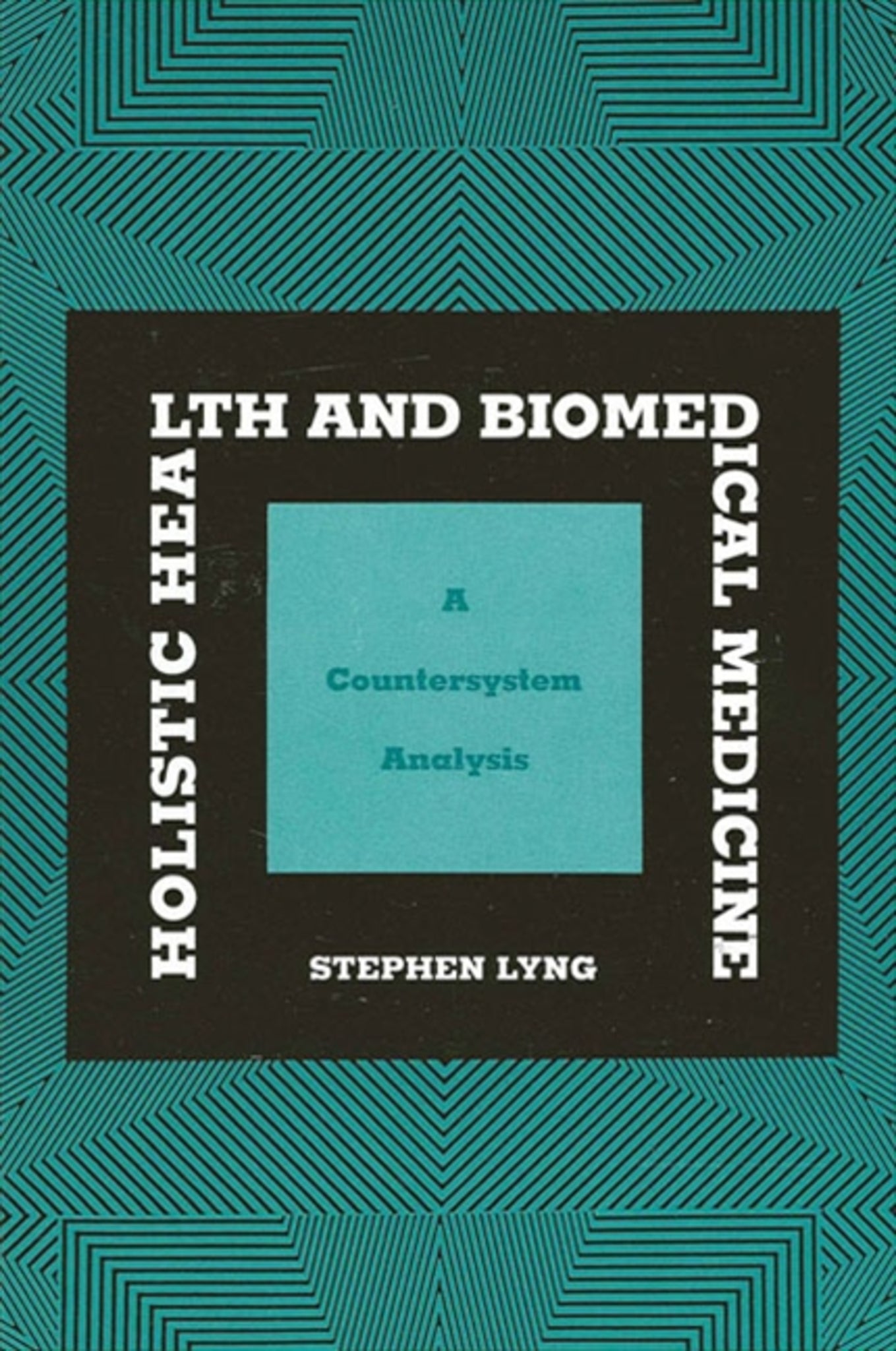We're sorry. An error has occurred
Please cancel or retry.
Holistic Health and Biomedical Medicine

Some error occured while loading the Quick View. Please close the Quick View and try reloading the page.
Couldn't load pickup availability
- Format:
-
27 August 1990

Holistic Health and Biomedical Medicine outlines a new framework for social science research. Illustrated in an analysis of the American health care system, Lyng presents an empirical study of the relationship between medical knowledge and the social structure of medical practice in America. Through a synthesis of ideas from such diverse perspectives as classical Marxian theory and the medical model embraced by the holistic health movement, Lyng articulates a "medical countersystem" that is contrasted against the traditional biomedical model of medical practice. What results is an entirely unique Marxian analysis of the U.S. health care system, one that examines how the system evolved historically as well as describes several possibilities for the future of medicine in America.


"More and more criticisms are being levelled at traditional, allopathic medicine but Lyng's work moves well beyond the normal parameter of criticism. It develops a good argument against positivism, the basic method of traditional medicine and uses the dialectic to present a convincing alternative using the basis of the Marxist approach to the sociology of knowledge. It is a significant and important contribution to the field." — Derek G. Gill, University of Maryland-Baltimore County
"It is ambitious, creative, and upbeat in style and direction. Although dealing with serious theoretical issues, there is a clarity of thinking and a compelling logic that carries the reader along. I found myself reading it like a detective story at times in anticipation of the punch line." — Kenneth J. Neubeck, University of Connecticut
Acknowledgments
Introduction
Part I: Dialectical Sociology and the Countersystem Method
1: The Dialectical Paradigm
The Dialectical Paradigm - The Negation of Positivism
The Philosophy of Internal Relations
Historical Roots
The Core Elements of the Philosophy of Internal Relations
2: The Dialectical Theory of Society - Two Approaches
The Scientific Dialectical Perspective
The Praxis Dialectical Perspective
3: Fundamental Relations of the Social Crystal
Part II: A Countersystem Analysis of Medical Practice
The Human Being/Social Structure Relation
Relations Between Elements of the Social System
Relations Between Knowledge and Social Structure
Introduction to Part II
4: The Medical Model of the Future: The Holistic Health Countersystem/Utopia
Principle of Organization
The Knowledge Dimension: Knowledge Content
The Definition of Health
The Role of Subjective Consciousness in Health Production
The Source of Organic Disfunction
Symptoms and Organic Disfunction
Diagnosis of Organic Disfunction
Normative Elements
The Distribution of Medical Knowledge
The Social Structural Dimension
Micro Structure: The Patient-Practitioner Relationship
Macro Structure: The Structure of Medical Practice
Conclusions
5: The Traditional Medical Model
The Medical Scientific Paradigm
The Definition of Health
The Role of Subjective Consciousness in Health Production
The Nature of Organic Disfunction
Diagnosis of Disease
Response to Disease
Treatment of Disease
6: The Structural Relations of Health Production
The Distribution of Medical Knowledge
The Health Production Process
Interest Group Structure and the Traditional Medical Model
Medical Practitioners
The Owners of the Industrial Means of Production
Bureaucratic Imperative
Interrelations Between Interest Groups
The Principle of Organization
7: Diachronic Analysis of Medical Practice
The Evolution of Health Status
The Evolution of Medical Knowledge
Domestic Medicine
The Transition to Heroic Medicine
The Revival of Domestic Principles: Thomsonian Medicine
The Challenge of Homeopathic Medicine
The Rise of the Medical Scientific Model
The Public Health Model: A New Form of Holism
The Historical Evolution of Medical Practice
8: Emerging Trends: Back to the Future
Who Will Control the Health Care System of the Future?
9: Epilogue
Notes
References
Index



